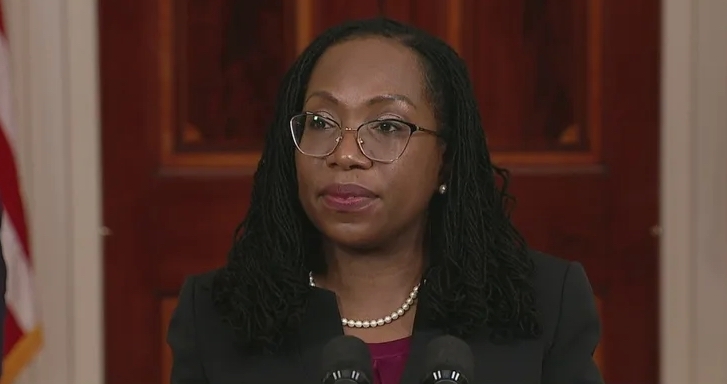The book is A Republic If You Can Keep It, and, in his recent review, the usually acerbic Michael Greve is full of praise:
Justice Gorsuch has collected some of his speeches, excerpts from law review articles, and extracts from some of his written opinions, all edited for length and stripped of footnotes and other distractions. The Justice complements and rounds out the collection with anecdotes and reflections on his family background; his beloved West; colleagues, friends, mentors, and role models; and life-shaping moments, including his nomination and appointment to the U.S. Supreme Court. …
The essay and opinion excerpts hold together and often convey insights in a way that is not easily replicable in a more conventional format. And the author has a point to make (several excellent points, in fact). This isn’t a vanity project; it’s a serious work of civic education.
“My hope,” Justice Gorsuch writes, “is to contribute to a revival of interest in the Constitution of the framers’ design and the judge’s role in it.” That project, the author makes clear, is intimately connected to the hope of helping to restore civility: mutual respect and simple good manners in our private lives and in our public life. I’m guessing that the civility concern is more urgent to Justice Gorsuch than are the civics. … You can’t run a decent, free society without civility and good manners, Justice Gorsuch insists; and no society is more in need of those things than a democratic, egalitarian society. The book title makes this Tocquevillean point: Justice Gorsuch not only explains it well, he also emphasizes its lineage. Good of him to see it, and better yet to drive it home. …
The core of the book is formed by four chapters on the Constitution and separated powers; originalism and textualism; “the art of judging” …; and justice for all. … [T]he presentation is elegant and forceful throughout, and it is powerfully illustrated by well-chosen excerpts from Justice Gorsuch’s opinions. While one often wonders how somewhat abstract jurisprudential theories might shake out in individual cases, Justice Gorsuch demonstrates the how and the why. As I read those chapters, I could imagine the justice saying, “If you, dear reader, think I’m being inconsistent, show me how and why.” In that way, the book reflects admirable judicial candor.
Greve uses several of the specific cases discussed in the book to illustrate Justice Gorsuch’s “constitutional commitments”–including his commitment to what Greve calls “constitutional rehabilitation”–and he closes by saying:
A constitutional rehabilitation project of the kind I’ve hinted at cannot be accomplished, and should not be attempted, in a book intended for a broad audience. It cannot be accomplished in a handful of individual judicial opinions, either; it is a long-term project for the entire Court. It will require judicial courage, patience, a certain humility, and a deeply grounded understanding of the Constitution and the way it’s supposed to work.
Neil M. Gorsuch understands all that, and he possesses those virtues in spades. To our great good fortune, he has just the right day job.
Greve’s review is worth reading in full, and it convinced me that Justice Gorsuch’s book is also well worth reading. I’ve added it to my Christmas list. Maybe you should too!


